My First Attempt at Growing Hydroponic Fodder for Livestock
Fodder usually refers to dry hay used to feed livestock. Hydroponic fodder, however, refers to sprouted grains farmers are using these days as dietary supplements to feed their livestock. The fodder are grown with only water, sometimes rich in plant nutrients. The use of hydroponic fodder for livestock feeding is already well established in New Zealand and Australia.
I have a few goats on free range at my farm so feeding them was not an issue I was particularly bothered about but when I saw a video of how to grow hydroponic fodder, I thought I would give it a try. I did not expect it to work and the materials I used were not particularly standard. As a result, I didn't take pictures of the progress.
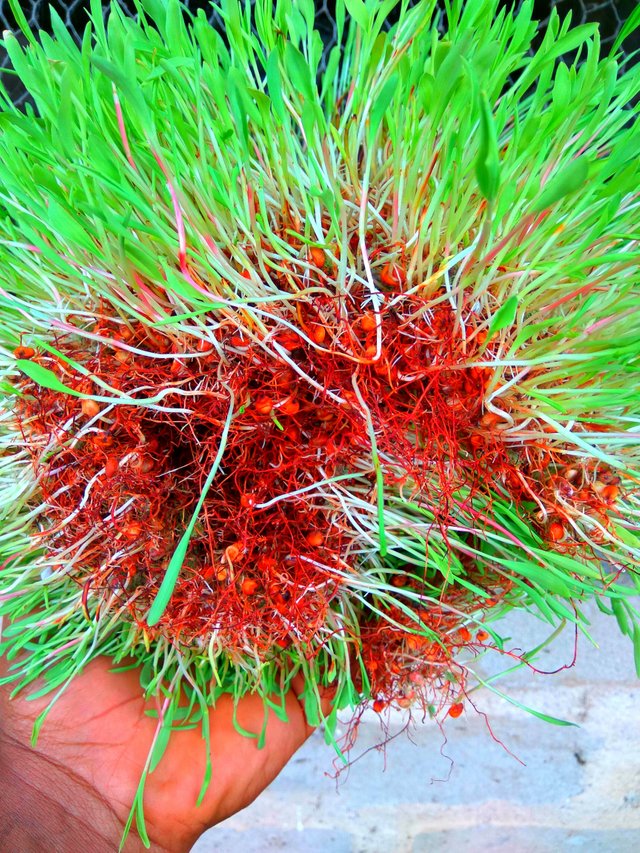
But it turns out that nature is completely faithful and would run its course if you let it. No encouragement required. I did not bother myself with finding wheat because seriously, I doubt that I have ever seen live wheat all my life. So I went to the market and bought millet.
Millet is Eleusine Coracana, known by the Hausa in Northern Nigeria as gero/dawa. It is called achara in the South East Igbo tribe. Incidentally, the Igbos were interested in the tender stems and not the grain but now they buy the grain from the North for use in making pap. It has small seeds and comes in multiple colours. I have seen red and grey colours.
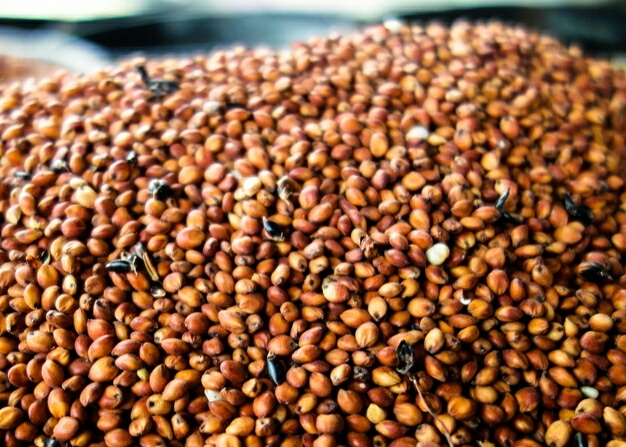
The Process
The whole process of preparing the seeds, germinating them and allowing the sprouts mature for use takes about seven to nine days.
First the bad seeds are removed and the good ones are washed. I used hydrogen peroxide to soak the seed for thirty minutes to prevent mould in the germinating seeds.
The seeds were soaked in clean water for eight hours to soften them for germination.
After eight hours, the seeds were drained and wrapped in a fabric for 48 hours to allow for sprouting.
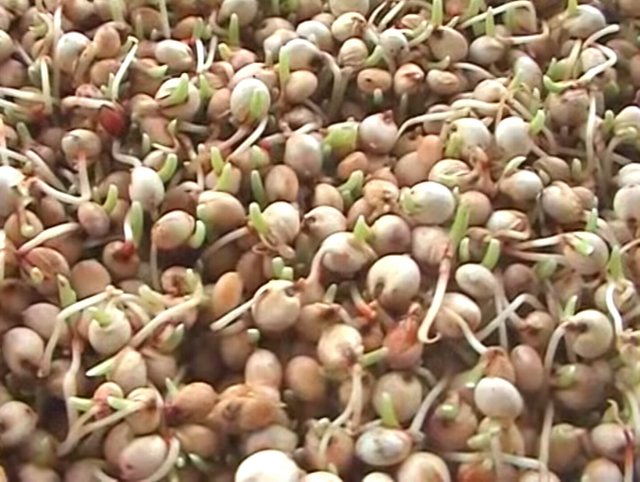
After 48 hours, the tiny roots of the seeds could be seen and it is time to transfer the seeds to a germination tray and allowed to stand covered with a fabric. Water was sprayed on the seed every two or three hours to keep the seeds wet always. The fabric was removed on the fourth day.
In my case the seeds were under white light in my house. The fluorescent light is always on. It was on the fourth day that I noticed the sprouts growing towards the light. I was not expecting that. I thought they only grew in the direction of natural light. To be sure, I changed the position of the sprouts. Within three hours, it changed its direction again in the direction of the light. You know I had to change it again, don't you?
Well the germinated seeds kept growing in the direction of the light. I was expecting the fodder to be ready in nine days as I read somewhere. It took only seven days, probably due to the 24-hour fluorescent light. I took it outside the house on the sixth day to form some chlorophyll, giving it that green colour.
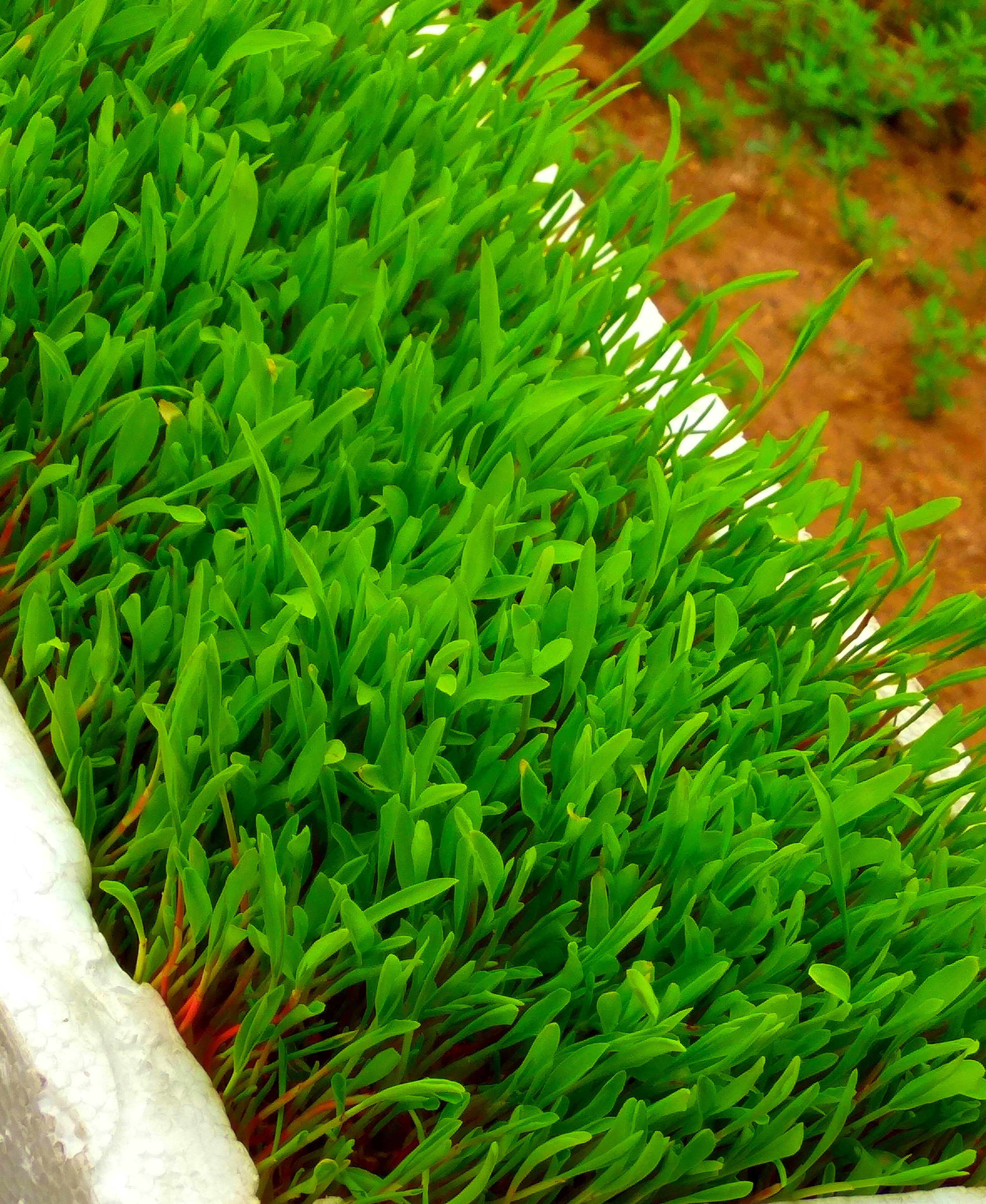
As soon as it was ready, I took it to the farm and fed the goats. They loved it.
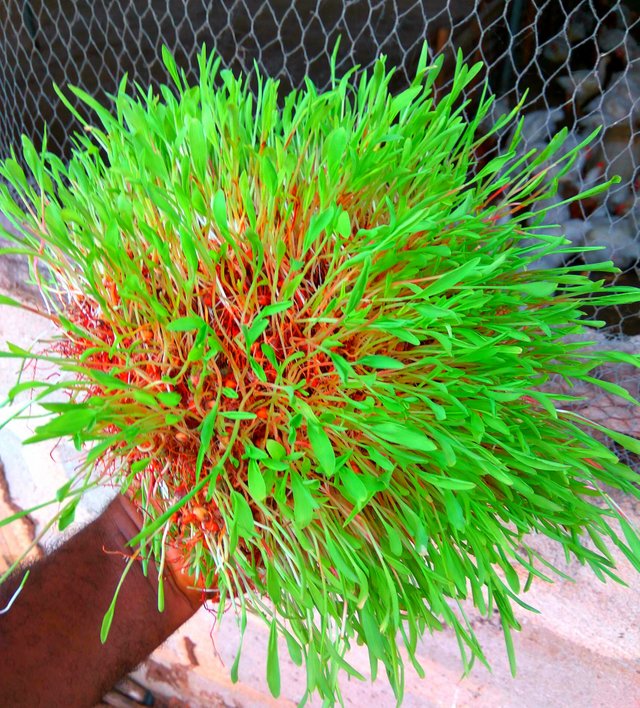
Below are African dwarf goats. They don't grow much bigger than these but I hear they taste better :)
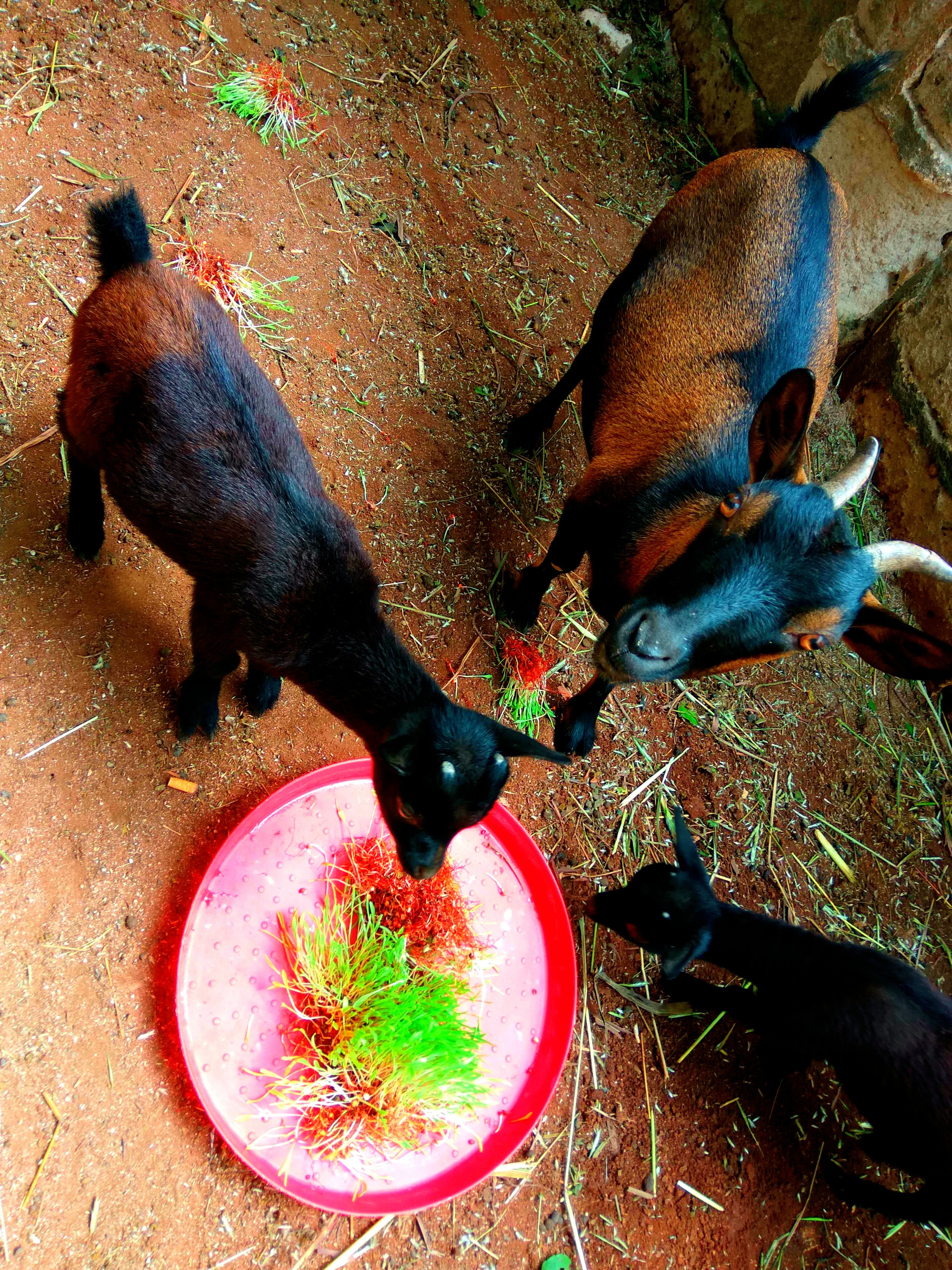
And oh, I gave some to the birds and they loved it too. I'm thinking of getting better tools and trying it out on a bigger scale. Maybe I will use fodder exclusively to raise some cockerels
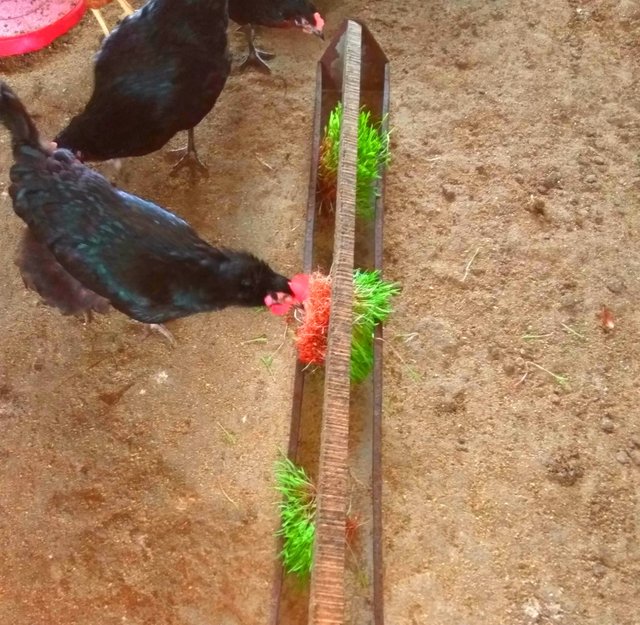
I hope this has been informative for you. I'd like to thank you for visiting my blog.
Your boy Kels
@churchboy
Beautiful
Thanks